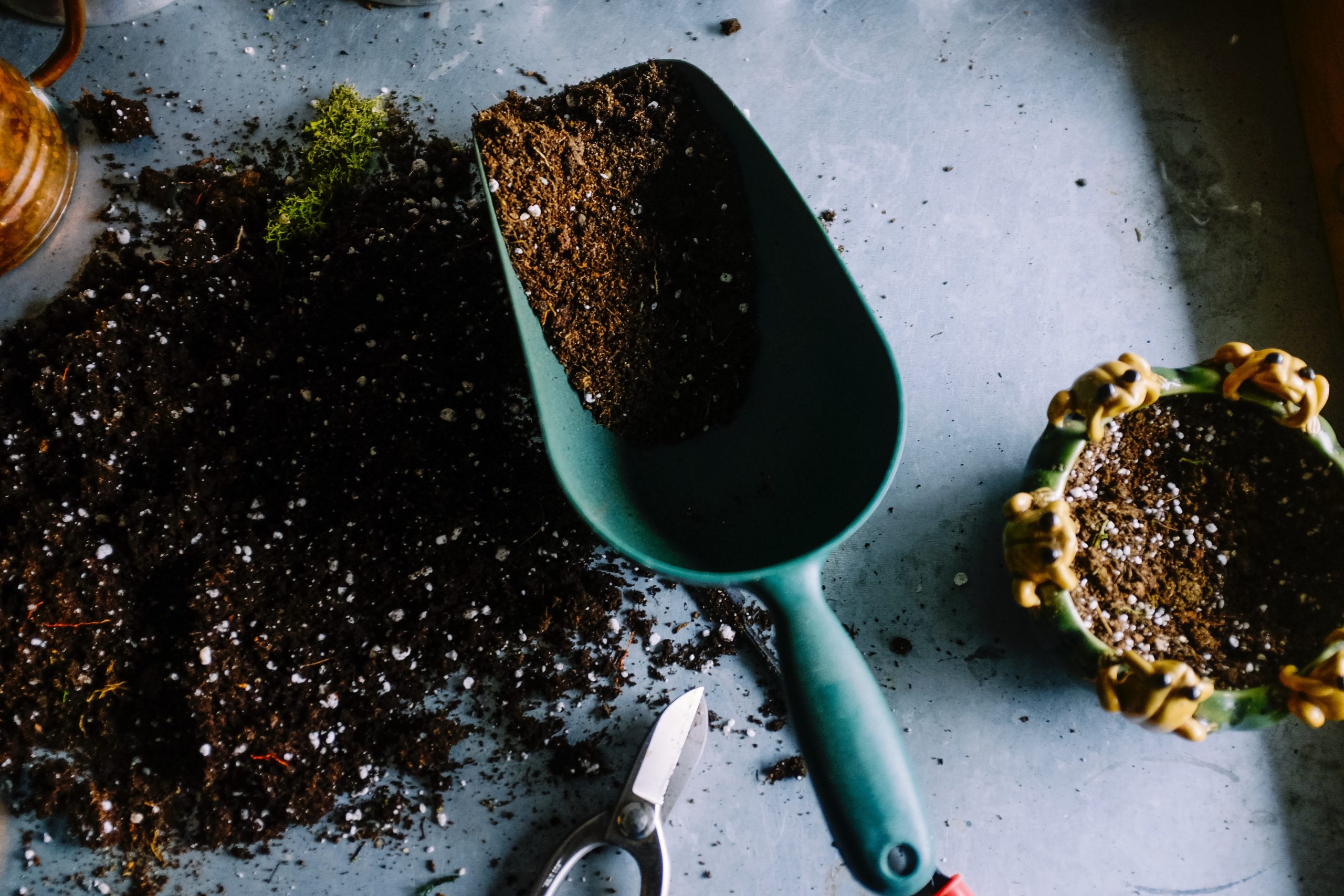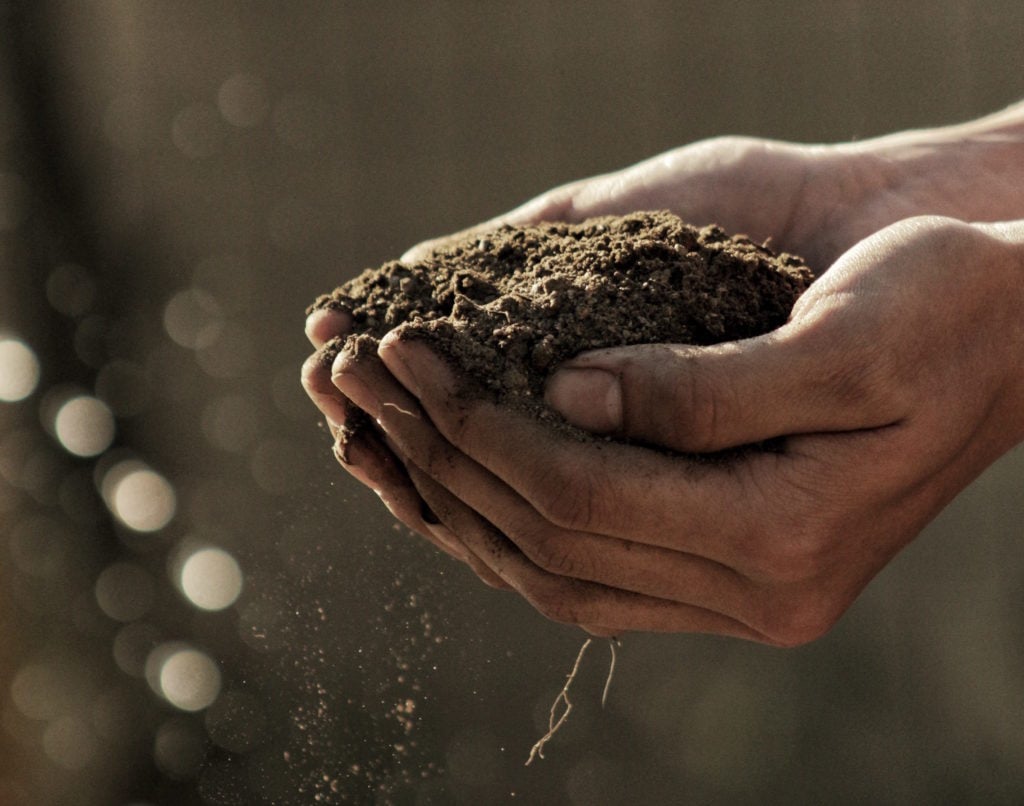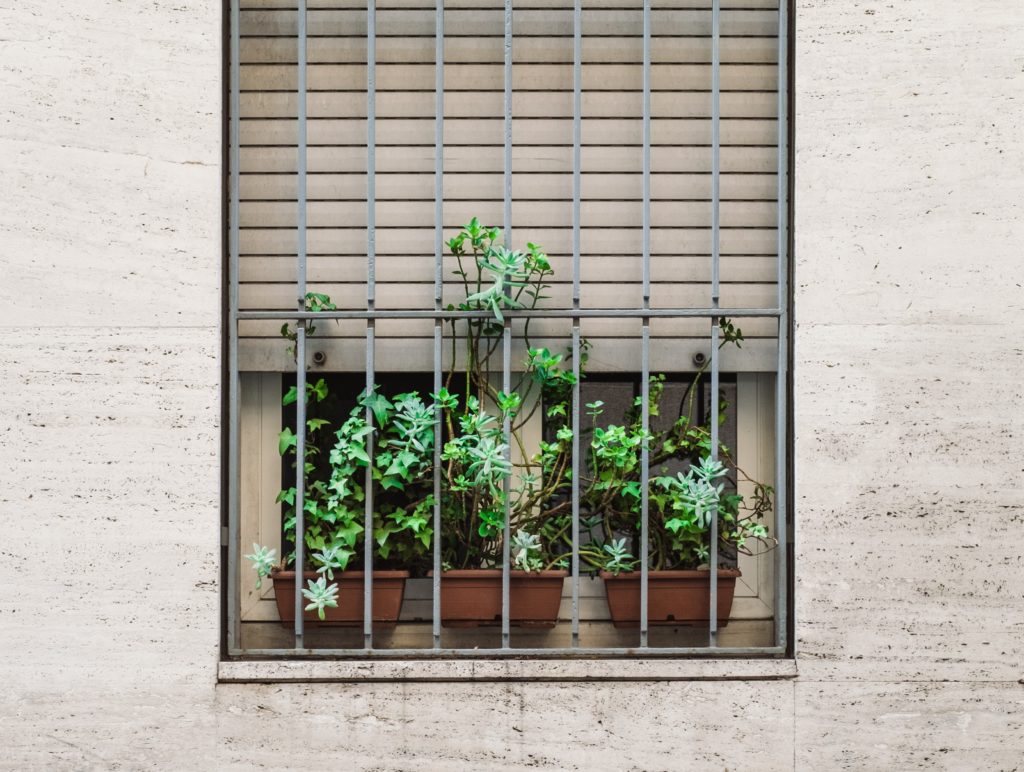
Your Guide to Urban Composting
By Jackie Nochisaki
In 2015, the New York City Department of Sanitation reported that a staggering 31% of NYC’s garbage consisted of organic material suitable for composting. That shakes out to be—wait for it—1.1 million tons of waste that could’ve been diverted from landfills and, through composting, put to better use. If you extrapolate that out to the whole country, that’s a lot of waste we’re, well, wasting.
Some cities have organized composting efforts on a grand scale; it’s actually mandatory in San Francisco! But if you’re waiting for your local government to provide an easy solution, take matters into your own hands by composting on a smaller scale—wherever you are.
Why Compost
“Think of composting as nature’s recycling,” says Andrew Olesh, outreach coordinator at the Queens Botanical Garden. It not only reduces a city’s—or a single home’s—waste stream, but also helps the environment by reducing methane gas emissions produced by landfills, where your scraps end up.
“Composting yields a nutrient-rich, biologically diverse soil amendment.”
Most visibly in our everyday lives, composting helps make stuff grow—whether that’s in a big backyard garden or in the window of your walk-up. “Composting yields a nutrient-rich, biologically diverse soil amendment,” Olesh says. “It’s not fertilizer—fertilizer’s synthetic. It’s more like a prebiotic that helps soil live and thrive.” Prepare for some very happy houseplants.
Composting Dos and Don’ts
First things first: What do I compost? Well, you can compost just about any organic material, but we suggest not tossing meat or fish into the bin unless you want pests hanging around. Get the full list:
Do compost: Fruits, veggies, tea bags, coffee grounds, eggshells, bread, grains, and cereal.
Don’t compost: Dairy products, fatty and oily foods, fish, and meat.
If You Have Outdoor Space
If you’re lucky enough to have a yard or some outdoor space, you can compost traditionally, by allowing microorganisms (not worms) to do the work.
“You create the environment—with air, water, and organic material—that allows bacteria to break it all down, producing compost,” Olesh says.
Start with a suitable container that lets in some oxygen, whether that’s a store-bought plastic version made for composting or a DIY crate constructed of chicken wire and wood.
Then, fill the container with the right ratio of compost ingredients. There should be about a 1-to-2 ratio of nitrogen sources, such as fruit and vegetable scraps, to carbon sources, such as leaves or wood chips. Olesh cautions that the success of compost rises and falls on how you manage the ingredients.

Food scraps often provide enough moisture, but you may need to add water over time. The mixture should be about as moist as a wrung-out sponge.
It’s important to check in on how the compost is progressing, aerating and adding water, if necessary, to ensure the ingredients stay balanced. If the balance is off, the wrong kind of bacteria will take over. You’ll end up with a lot of foul odors but no compost.
Olesh is adamant that you can find the ingredients you need to start composting without spending money. “You’ve already got the food scraps. Get leaves from parks, where they rake them into piles. Ask landscaping companies for wood chips. Be resourceful.”
If you manage your compost well, “in about three months, your material will look very much like soil,” says Vanessa Ventola, an organics recovery coordinator at NYC Compost Project hosted by the Lower East Side Ecology Center.
To discourage rodents and other unwanted visitors, Olesh offers a few suggestions:
- Never compost animal products—no bones, oils, or meat of any kind.
- Keep the compost bin covered and away from walls.
- If pests are still getting in, buy hardware cloth—a type of metal mesh—with holes no larger than a quarter-inch and reinforce the bin like Fort Knox.
If You Don’t Have Outdoor Space
Does your “outdoor space” consist of access to a fire escape? No problem! Bring the composting indoors with a small worm bin. Stay with us, no worms will escape into your home if the worm bin is well maintained.
Through vermicompost, worms eat table scraps and produce compost through their digestive process. This means, “with vermicompost, success rises and falls on a different kind of management,” Olesh says. “Because worms are the main agent, you’re caring for animals.”
You’ll need a plastic container—the size of a large shoebox—with a lid. (We love this modern-style worm composter or this budget-friendly option.) If you’re DIYing an indoor composter, drill holes in the sides and top of the container. Then, layer moist newspaper on the bottom. Place about 200 red wiggler worms, the top composting choice, on the newspaper, and add your compost material. Finally cover the worms and scraps with strips of newspaper to regulate the moisture and protect the worms, and replace the container lid. If the container fogs up, take off the lid.
Keep an eye on the worms to learn how much they eat in a two- or three-day period. Add scraps every few days based on their diet.
To keep your home in pre-compost-condition, Olesh suggests microwaving food waste before placing in the bin and avoiding tropical fruit scraps to keep flying insects away.
City Composting Efforts
If you want to help but lack a green thumb, find a food scrap drop-off location near you. Store applicable food waste in a paper bag or small dedicated bin in your freezer until you’re ready to drop it off. You’ll be helping someone else’s garden—big time.






